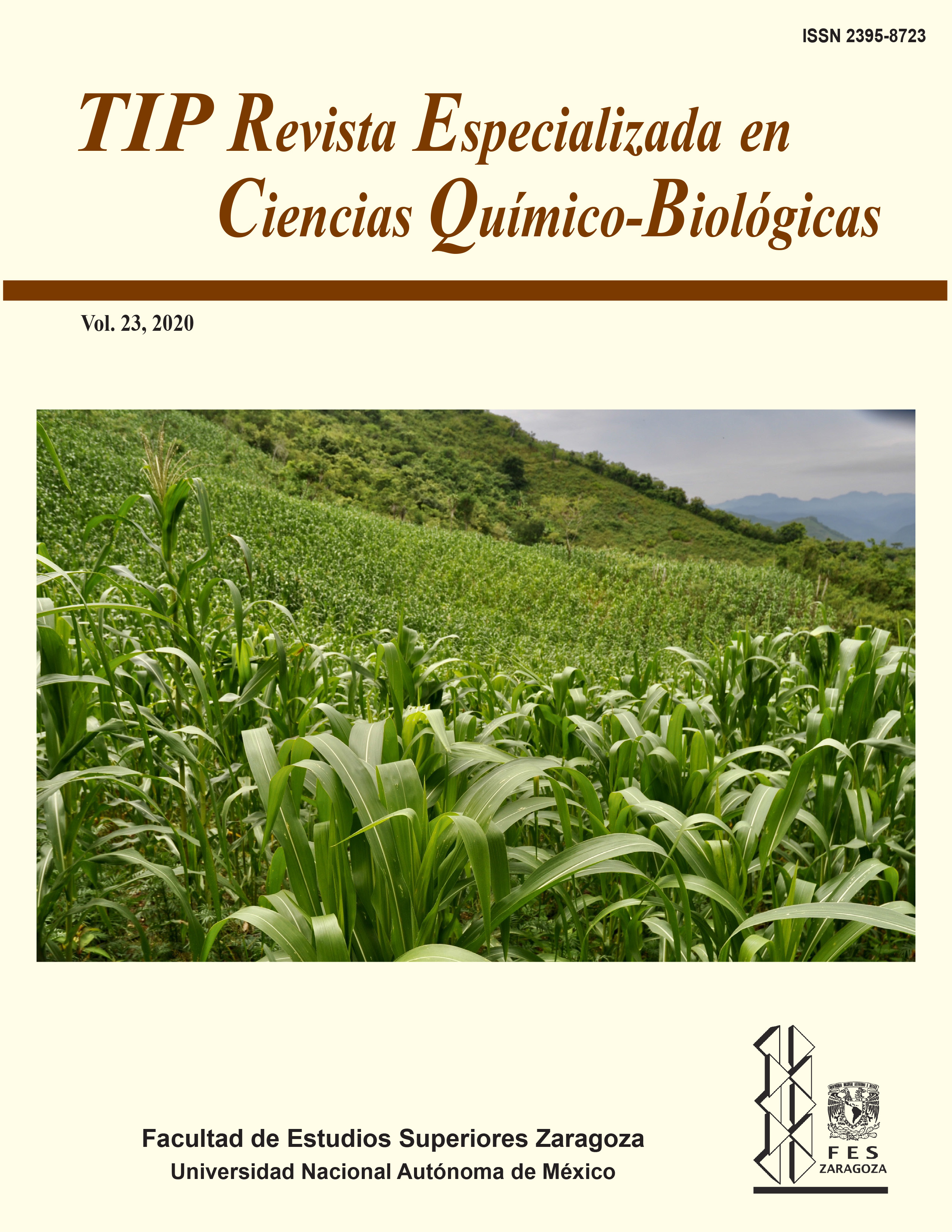Abstract
Today, the conventional extraction techniques as maceration, soxhlet, heat-reflux, in among others, have continued to be used because the main advantage is that are inexpensive extraction processes. However, these methodologies present various disadvantages, as long extraction times and they require high amounts of solvents. It is because of what has been stated so far that alternative extraction methodologies that comply with the principles of green chemistry have been implemented, as assisted extractions: by ultrasound (UAE), microwave (MAE) and supercritical fluids (SFAE). These extraction methods alternative to the conventional methods have managed to arouse the interest of researchers with future perspectives of application for the recovery of bioactive compounds from citrus fruit residues in less extraction time using green solvents. The objective of this review is to present the impact of alternative extraction methodologies with a focus on the use and revaluation of citrus residues because these present a great diversity of compounds of interest for the pharmaceutical, food and biotechnological industries.
TIP Magazine Specialized in Chemical-Biological Sciences, distributed under Creative Commons License: Attribution + Noncommercial + NoDerivatives 4.0 International.



